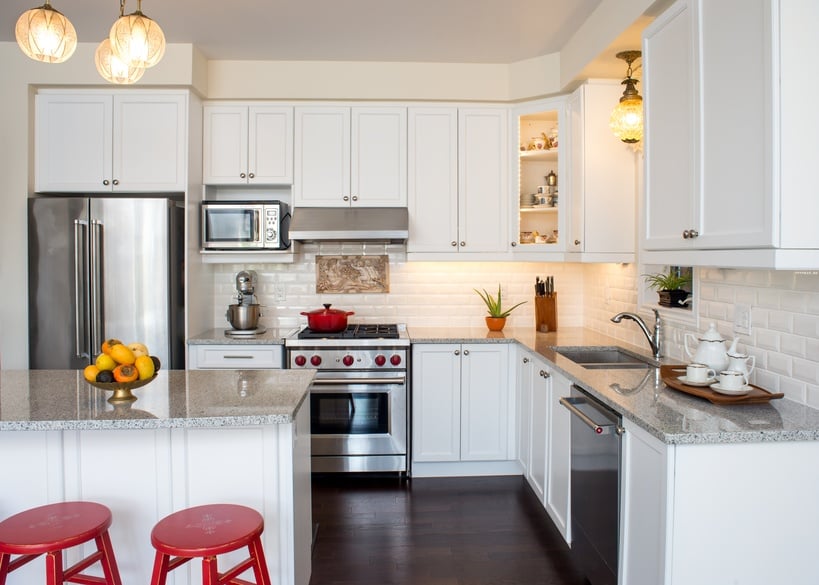McDonald Remodeling celebrates design right down to the final detail. Some lavatory remodeling contractors are full-scale operationshttps://www.lookupdesign.net inclusive of the whole lot that has to do with renovating a rest room. Platinum Remodeling is a hybrid company that takes the perfect characteristics from remodeling firmshttps://www.lookupdesign.net basic contractorshttps://www.lookupdesign.net and handymenhttps://www.lookupdesign.net and combines them with gifted and experienced workers to fulfill the wants of almost every residential mission.

Some massive projects have points that can’t be began until one other facet has completed. If you’re considering a remodel you need a San Diego remodeling contractor who makes the process easy and stress free whereas maintaining the highest possible standards. Toilet remodeling design possibilities are almost infinitehttps://www.lookupdesign.net and not limited by space concerns.
Making your own home more marketable to be able to get hold of a sale should be the purpose of your remodeling challenge. SR Remodeling works in your residential or commercial remodeling challenge in the Madisonhttps://www.lookupdesign.net Wisconsin space and surrounding Dane County areas together withhttps://www.lookupdesign.net but not restricted to: Cottage Grovehttps://www.lookupdesign.net DeForesthttps://www.lookupdesign.net Edgertonhttps://www.lookupdesign.net Fitchburghttps://www.lookupdesign.net Middletonhttps://www.lookupdesign.net Oregonhttps://www.lookupdesign.net Solar Prairiehttps://www.lookupdesign.net Verona and Windsor.
Whoever suggests themhttps://www.lookupdesign.net these adjustments must be discussed with the contractor to determine the price and extra time that …


